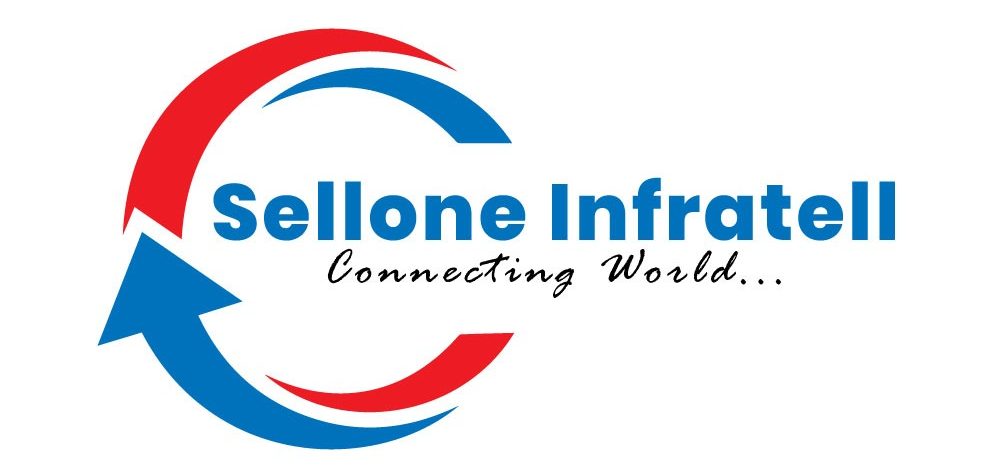OBD
Outbound dialing IVR (Interactive Voice Response) refers to a system that allows businesses to automate calls to customers and engage them through a pre-recorded voice menu. Here’s an overview of how it works and its benefits:
How Outbound Dialing IVR Works
- Call Preparation: The system is pre-loaded with a list of phone numbers and messages relevant to the purpose of the call (e.g., appointment reminders, surveys, or notifications).
- Dialing Process: The IVR system dials the phone numbers, and when a customer answers, they are greeted with a pre-recorded message.
- User Interaction: Customers can respond to the IVR prompts using their keypad (DTMF tones) or voice recognition technology. This interaction allows customers to navigate through the options presented.
- Data Collection: The system can collect responses from customers, which can be stored for analysis or used to follow up with the customers later.
- Completion of Tasks: Depending on the design, the IVR can complete various tasks such as confirming appointments, gathering feedback, or providing information without needing human intervention.
Benefits of Outbound Dialing IVR
- Efficiency: Automates repetitive tasks, freeing up human resources for more complex inquiries.
- Cost-effective: Reduces operational costs associated with manual dialing and live agents.
- Customer Convenience: Provides customers with information or assistance at any time.
- Scalability: Easily scales to handle high volumes of calls during peak times.
- Data Insights: Collects valuable data on customer responses which can inform business decisions.
Common Use Cases
- Appointment Reminders: Notifying patients or customers about upcoming appointments.
- Surveys: Conducting market research through automated surveys.
- Payment Reminders: Reminding customers about due payments to reduce delinquencies.
- Notifications: Sending out important updates or notifications (e.g., flight changes, service disruptions).
